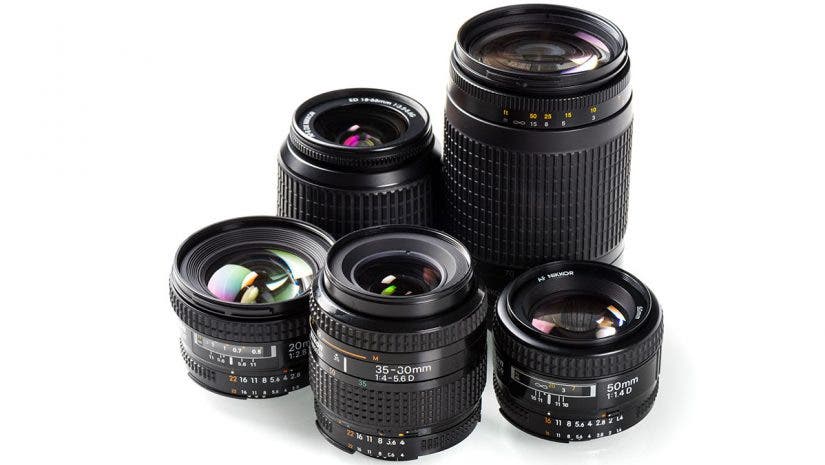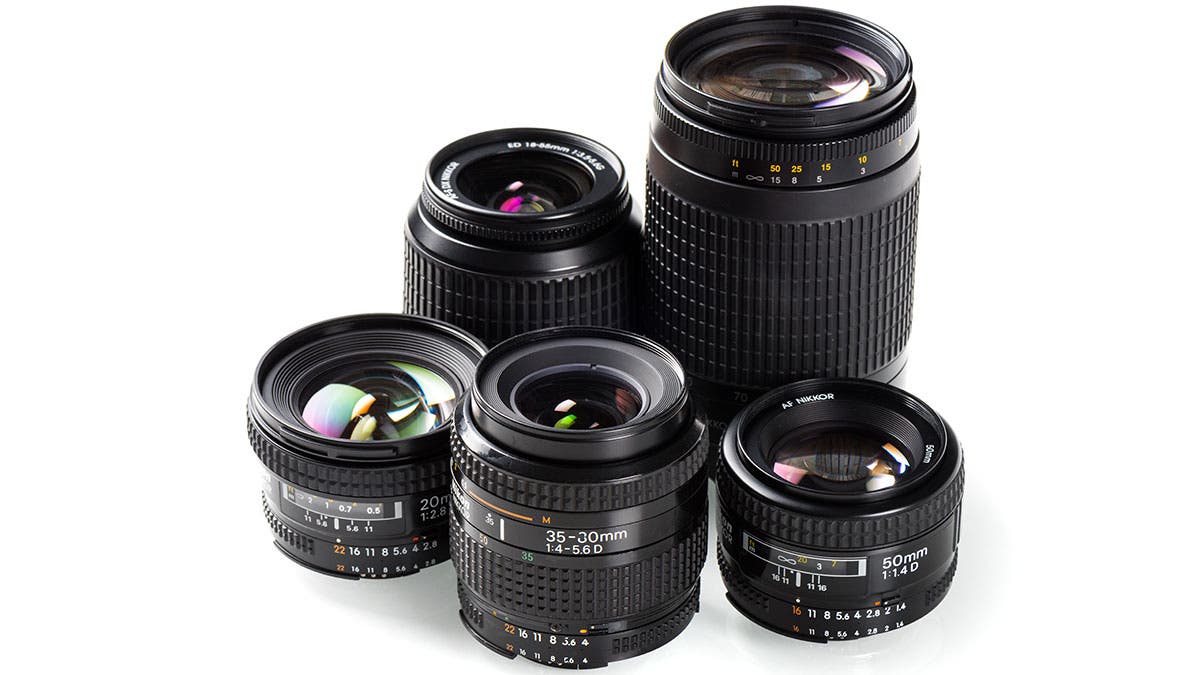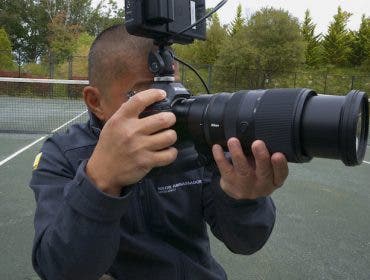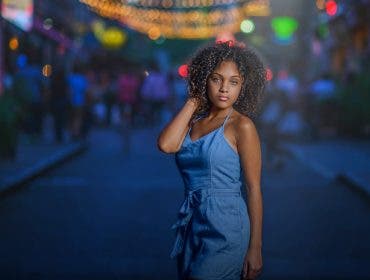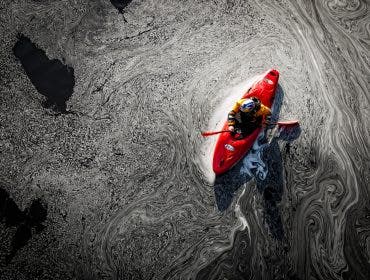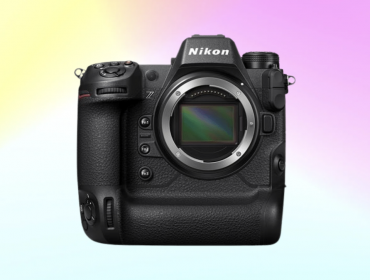Here’s a guide to products and accessories that will let you optimize your Nikon D3200 to excell in the kind of photography you want to do.
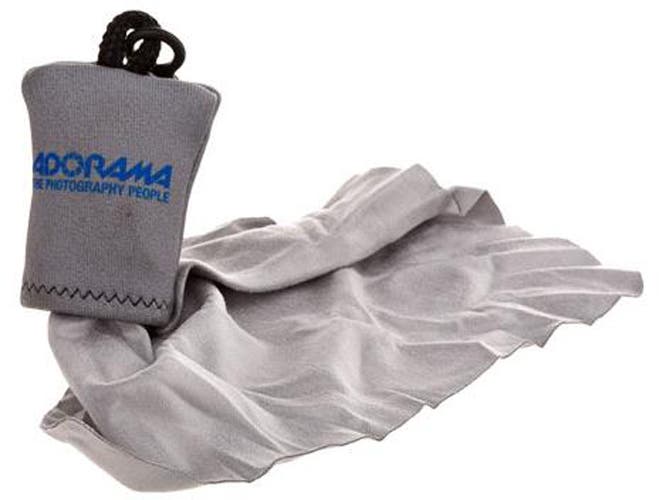
Out of the box with the standard 18-55mm kit lens, the Nikon D3200 is a nice basic DSLR, but you may eventually want to customize it, adding lenses, flashes and accessories that would help you get the kinds of photos you want to shoot to express your creativity. Important! Remember to get a Protective/UV or Skylight Filter, which will protect the front of the lens from scratches. If the front of the lens gets scratched, it’s ruined; if the filter gets scratched, you simply replace it for about $13. Also, it’s a good idea to have a microfiber cloth (right) to wipe away any smudges on the filter.
Here are 5 suggested kits for 5 very different kinds of photography, built around the Nikon D3200. If you own an earlier or later D3*** model, such as the D3000 or D3100, these kits will work with your camera, too. In fact, if you own any APS
Family, portraits, kids
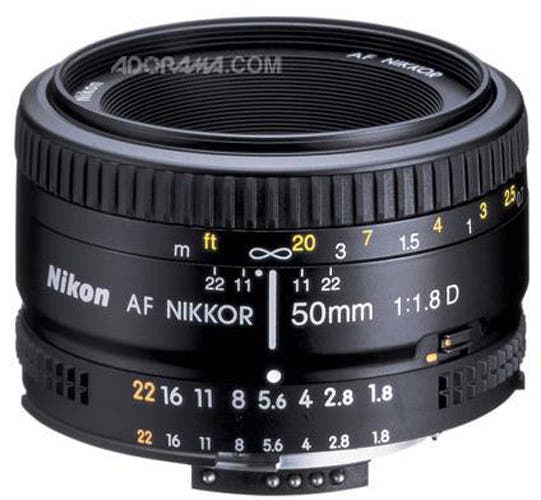
While the 18-55mm kit lens may be fine for general family photography, if you want professional looking portraits, a higher-end lens and better lighting will definitely help. I recommend:
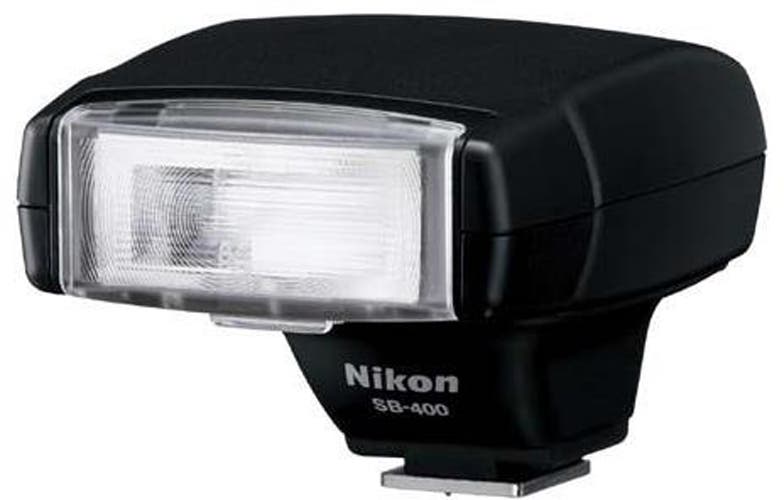
Nikon 50mm f/1.8D AF lens: Ideal for portrait photography. The wide aperture produces pleasing focus fall-off that separates your subject from the background. (Don’t forget to protect the lens with a UV/Skylight filter)
Nikon SB-400 TTL Shoe Mount Speedlight Flash: This will give you more light in general; add a flash diffuser to soften the light so it looks more natural. I recommend the Sto-Fen Omni Bounce.
Sports/Action
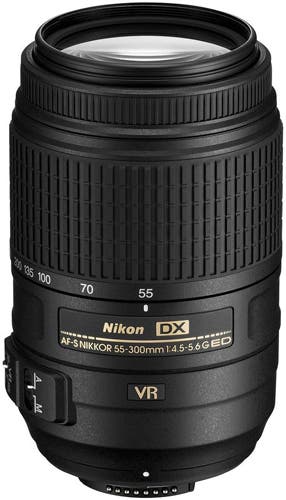
Soccer moms who want to get tight shots of their kids’ team sports will will benefit from this kit.
Nikon 55-300mm f/4.5-5.6 ED AF-S DX VR lens: Get close to the action with this long-range telephoto zoom lens! (Be sure to get a protective UV/Skylight filter to protect the front of the lens from scratches).
For stability when shooting sports, it’s good to keep the camera on a monopod such as the Flashpoint FL2560 via a ballhead.
Travel
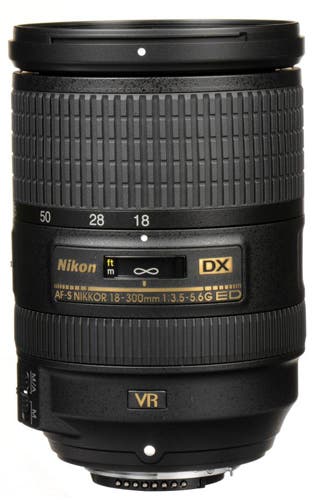
Nikon 18-300mm f/3.5-5.6G ED IF AF-S DX VR II lens: Mount this light, compact superzoom lens on the Nikon D3200 and you have a flexible, lightweight and portable camera kit that’s ideal for travel. The zoom range lets you shoot anything from scenics to close-up of distant subjects. Don’t forget the protective Skylight UV filter!
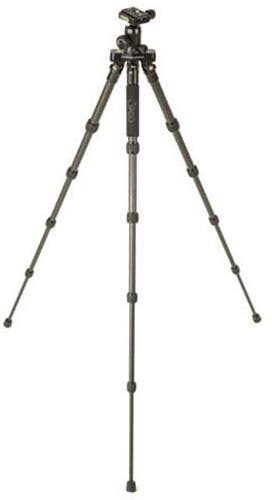
When shooting with the superzoom lens at its longest a good camera support is a very good idea. The 3Pod P5CFH Carbon Fiber Tripod is a light, flat-folding tripod designed to fit in carry-on luggage, and comes with a ballhead that will support the Nikon D3200 with the 18-300mm lens.
When the sun goes down, bring your own light: The Nikon SB-400 TTL Shoe Mount Speedlight Flash will illuminate your destination and light up subjects that are more than 10 feet away (unlike the on-board flash, which is relatively weak); add a flash modifier to soften the light so it looks more natural. I recommend the Sto-Fen Omni Bounce.
What if it rains? Don’t let that stop you from taking pictures! The inexpensive Op/Tech 14-inch SLR Rainsleeve will protect your camera, lens and flash from the elements.
Architecture, landscapes
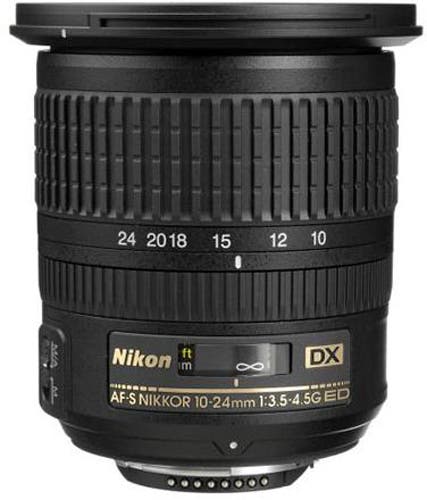
The ideal lens for landscapes and architecture is one that will take it all in, and the Nikon 10-24mm f/3.5-4.5G ED-IF AF-S DX lens is designed for such use with a dramatic maximum 110-degree maximum angle of coverage. Be sure to order it with a protective UV filter.
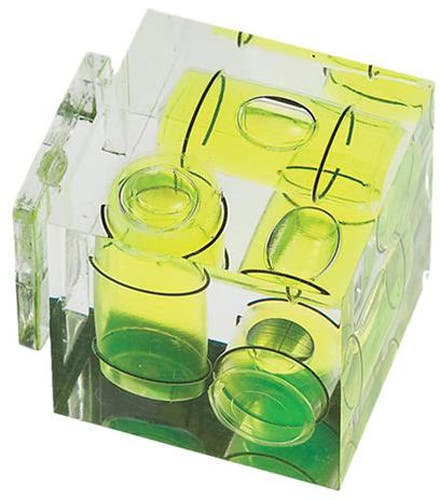
Whether you’re shooting scenic vistas or dramatic interiors, a tripod is a must-have item. Not only will it stabilize your camera, but it will force you to slow down and compose with greater care. The 3Pod P5CRX is a compact carbon-fiber tripod with a ballhead that is a great tool for both applications. I also recommend getting a level so your horizons and architectural elements are properly aligned. The LensCoat 3-Axis Bubble Level fits on the camera’s flash shoe.
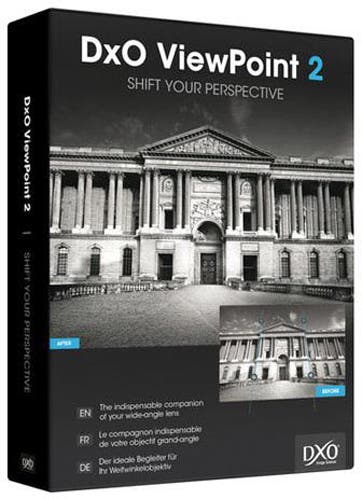
Finally, when shooting architecture, it is almost impossible to avoid distortion; DxO’s Viewpoint 2.0 is specifically designed to and fix any kind of geometric distortion so your architecture photos are perfect.
Nature/macro
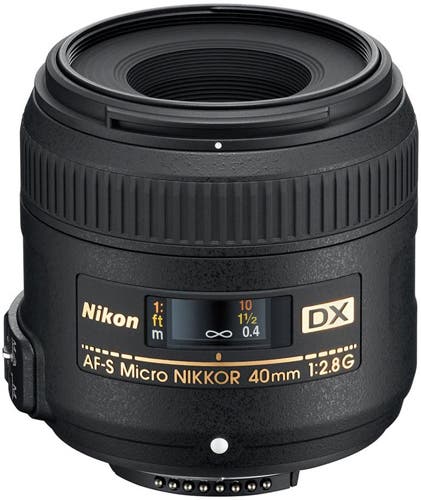
If you love to photograph flowers but your kit lens doesn’t get you close enough, you need a Macro lens. The Nikon 40mm f/2.8 G AF-S DX Micro is Nikon’s least expensive macro lens, but it provides true 1:1 magnification. Its advantages is that it is small and light, making it a great companion to the D3200. Be sure to get the appropriate protective UV filter for this lens. Alternatively, the Nikon 60mm f/2.8G AF-S Micro Nikkor AF ED lens lets you shoot from farther away but still get 1:1 macro magnification. You can find its UV filter here.
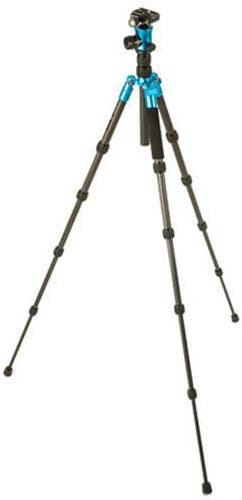
Since 1:1 magnification also magnifies camera shake, a sturdy tripod is an absolute essential. I recommend the 3Pod P5CRX, a compact carbon-fiber tripod with a ballhead that will give you more than enough stability.
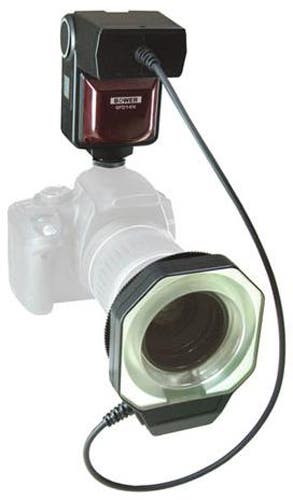
Light it up! A standard flash doesn’t really work for macro—the pop-up flash’s light will be partly blocked by the lens when working so close, for instance—the best way to add light is to use a ring flash. Bower makes a low-cost Ring Light Flash for Nikon DSLRs, which will evenly light your tiny subjects with no shadows.
